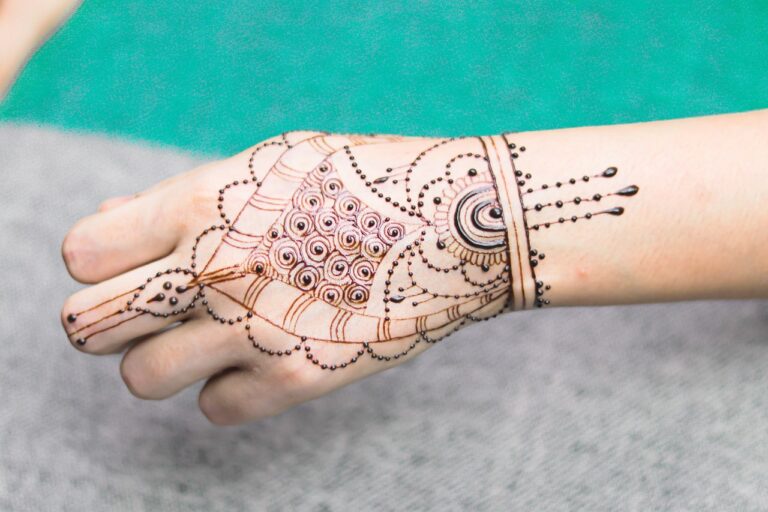Fashion and Nature: Drawing Inspiration from the Environment in Design
Nature has always been a abundant source of inspiration for artists, designers, and creators alike. The vibrant colors, intricate patterns, and diverse textures found in the natural world have the uncanny ability to spark creativity and ignite a sense of wonder. From the depths of the ocean to the heights of the mountains, there is an endless supply of beauty and magnificence that can be translated into various forms of art and design.
When designers look to nature for inspiration, they often find themselves captivated by the harmonious balance and sheer elegance of the elements around them. The way sunlight filters through the leaves of a tree, the gentle curve of a seashell, or the intricate network of veins on a leaf all serve as reminders of the exquisite beauty and complexity of the world we live in. By drawing upon these natural wonders, designers are able to infuse their creations with a sense of authenticity and timelessness that resonates with audiences on a deeper level.
• The vibrant colors found in flowers and plants can inspire bold and striking color palettes in design
• The intricate patterns seen in the wings of butterflies or the scales of a fish can spark creativity for unique textile designs
• The diverse textures found in rocks, bark, or feathers can influence the tactile qualities of products such as furniture or fashion accessories
Connecting Fashion and Nature
Fashion and nature have long been intertwined, with designers drawing inspiration from the beauty and wonders of the natural world to create captivating and eco-conscious pieces. From floral motifs to earthy tones, the influence of nature can be seen in various elements of fashion, reflecting the harmonious connection between humans and the environment.
Designers are increasingly incorporating sustainable practices in their work, acknowledging the impact of the fashion industry on the planet. By using organic materials, recycling fabrics, and promoting ethical production methods, fashion brands are aligning themselves with the values of environmental sustainability, showcasing a commitment to preserving and celebrating the beauty of nature through their designs.
Environmental Influence in Design
When we look to the natural world, we can find endless inspiration for innovative and sustainable design solutions. The environment offers a wealth of textures, patterns, and color palettes that designers can harness to create unique and eco-friendly products. From the intricate patterns of a leaf to the vibrant hues of a sunset, nature provides a boundless source of creativity for those in the design industry.
The influence of the environment can be seen in the material choices that designers make, opting for organic and recyclable materials to reduce the impact on the planet. By incorporating elements such as natural fibers, reclaimed wood, and recycled plastics into their designs, creators are not only reducing waste but also promoting a more environmentally conscious approach to fashion and product design. In a world where sustainability is becoming increasingly important, drawing inspiration from the natural world offers a path towards a more harmonious relationship between design and the environment.
How can the natural world inspire design?
The natural world offers endless inspiration through its colors, shapes, textures, and patterns. Designers often look to elements like plants, animals, landscapes, and weather phenomena for creative ideas.
How can fashion be connected to nature?
Fashion can be connected to nature through the use of sustainable materials, eco-friendly production processes, and designs that mimic aspects of the natural world. By incorporating nature into fashion, designers can create pieces that are not only stylish but also environmentally conscious.
What are some examples of environmental influence in design?
Some examples of environmental influence in design include using recycled materials, incorporating natural elements into product designs, and creating eco-friendly packaging. Designers are increasingly taking into account the impact of their work on the environment and seeking ways to minimize their footprint.
How can designers incorporate sustainability into their work?
Designers can incorporate sustainability into their work by choosing materials that are eco-friendly, reducing waste during the production process, and designing products that are meant to last. By prioritizing sustainability, designers can create products that are not only visually appealing but also socially and environmentally responsible.







